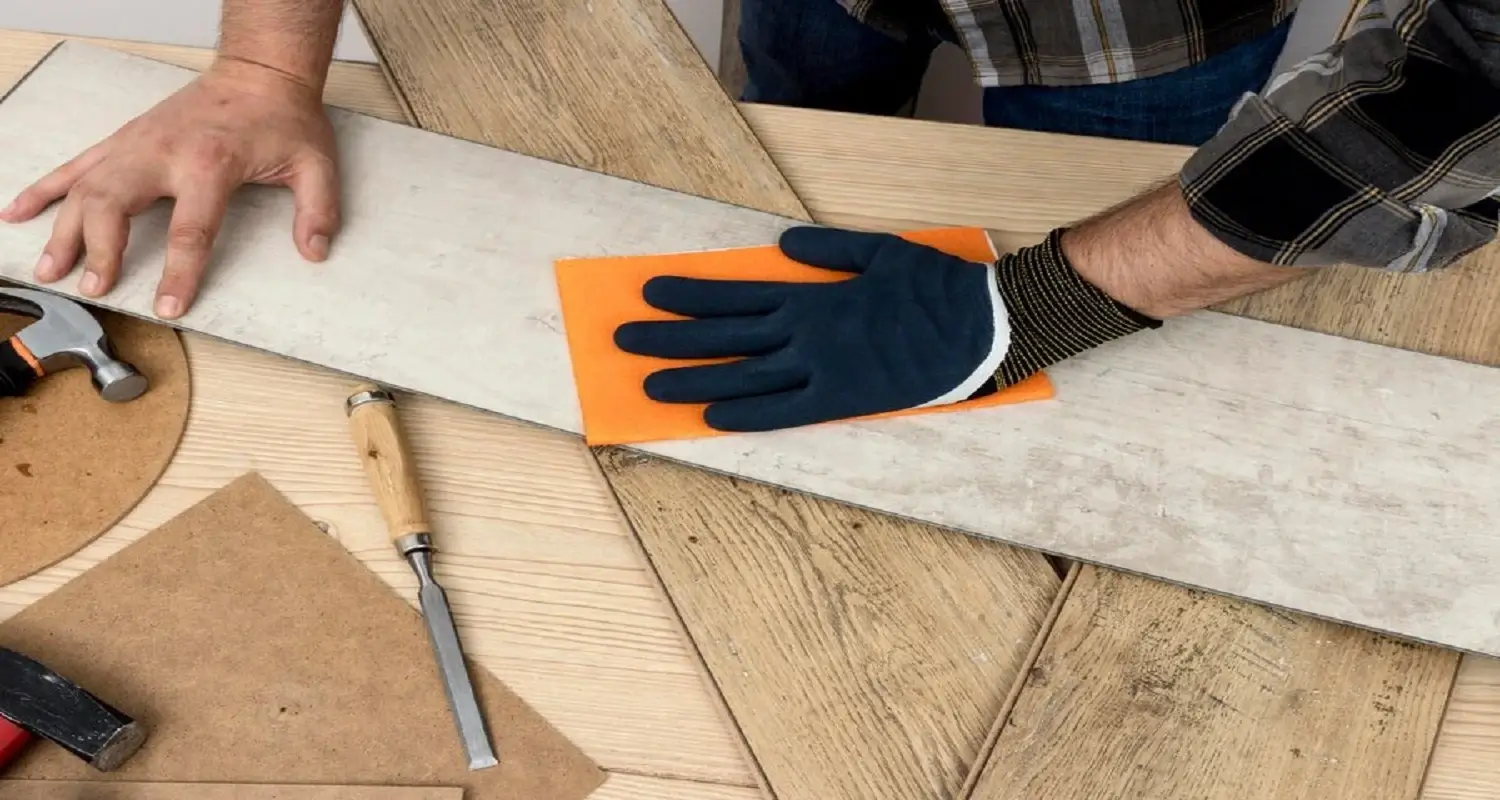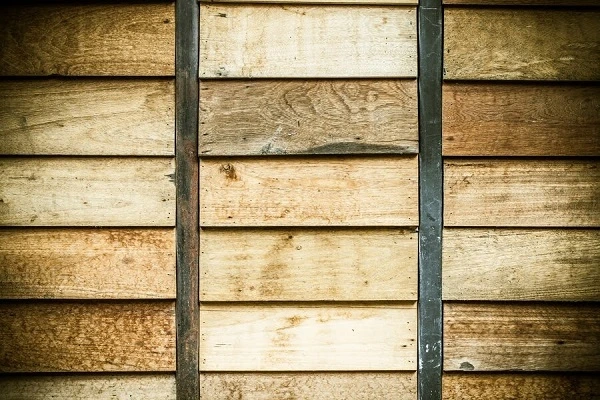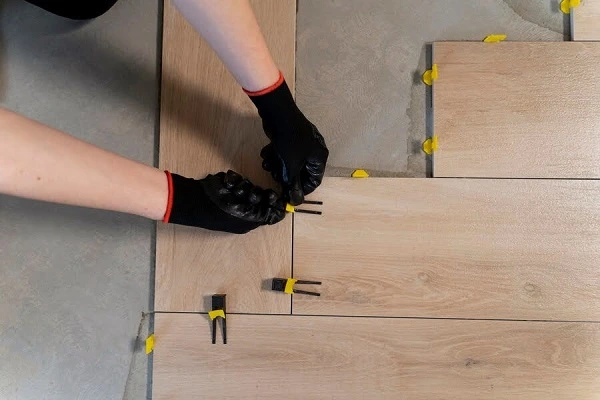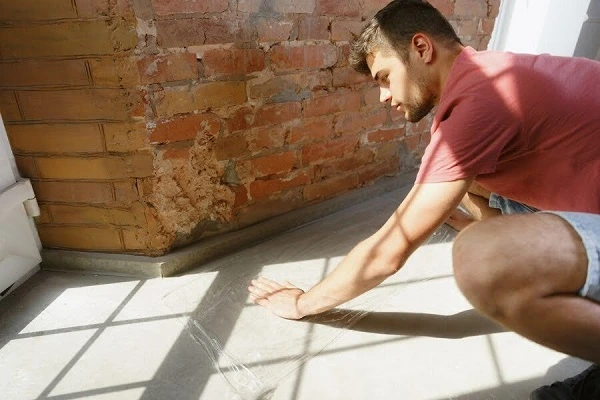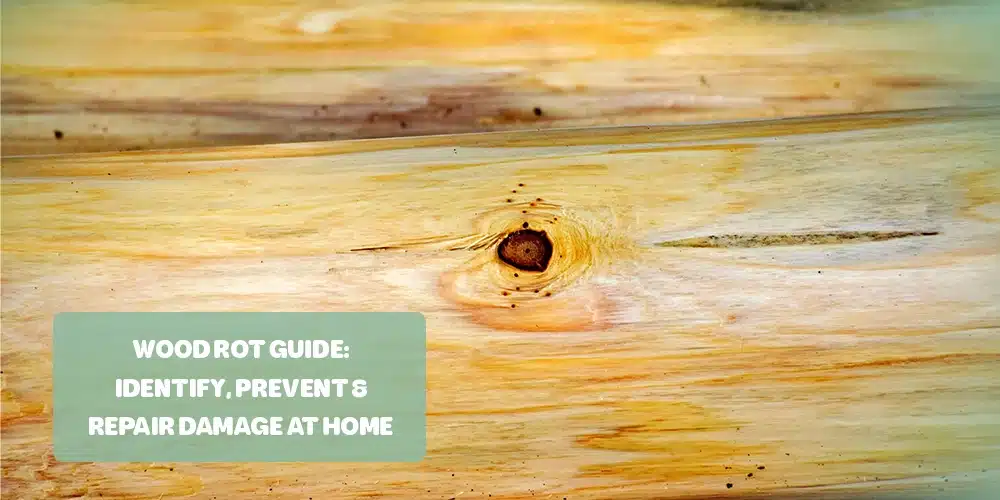Hardwood floors are a timeless addition to any home, offering both aesthetic appeal and durability. However, the key to unlocking their full potential lies in proper installation. Unfortunately, not all installations meet the necessary standards, leading to a range of issues that can detract from the beauty and functionality of your floors.
In this blog, we’ll explore the critical signs of bad hardwood floor installation, ensuring you know what to look out for and how to address it.
Indicators of Poorly Installed Hardwood Flooring
A poorly installed hardwood floor can lead to various issues, affecting both the appearance and the longevity of the flooring. Here are several signs that may indicate a bad hardwood floor installation:
1. Gaps Between Planks
One of the most obvious signs of poor installation is visible gaps between the planks. While minimal gaps can occur due to natural wood contraction and expansion, excessive or uneven spacing indicates improper fitting. Gaps can compromise the floor’s aesthetics and structural integrity, leading to potential damage over time.
2. Creaking or Squeaking Sounds
3. Buckling or Warping
4. Uneven or Unlevel Flooring
5. Poor Finishing Touches
6. Cracks or Splitting
7. Poly Droplets
When tiny droplets of polyurethane appear along the edges of floorboards, it’s typically a sign of moisture issues. These droplets form as the polyurethane seeps into the gaps between boards during movements caused by shifting humidity levels. This often happens when floors are refinished amidst the transition from dry to wet seasons. As floorboards expand with the changing climate, any polyurethane that hasn’t fully cured is pushed out of the gaps.
8. Incorrect Board Placement
A well-installed hardwood floor can last for decades, adding beauty and value to your home. However, recognizing the signs of poor installation is crucial for addressing them promptly and maintaining your floor’s integrity. If you notice any of the issues mentioned above, it may be time to consult a professional to assess the extent of the problem and explore potential solutions.
Remember, the key to a beautiful hardwood floor lies not just in the material itself, but in the craftsmanship of its installation.
Strategies to Fix Poor Hardwood Floor Installation
Addressing signs of bad hardwood floor installation effectively is crucial to ensuring the longevity and appearance of your flooring. Here are some strategies to consider:
1. Identify the Problems
First, clearly identify the specific issues with the installation. Understanding the extent and nature of the problem is essential for determining the next steps.
2. Consult with a Professional
Once you’ve identified the issues, consult with a professional flooring contractor or inspector. They can offer an expert assessment of the installation quality and recommend solutions. In some cases, they might suggest minor repairs, while in others, a more extensive correction may be necessary.
3. Review Your Contract
Check the details of your agreement with the installation company. Understand the terms related to warranties, guarantees, and responsibilities for fixing installation errors. This information can be crucial for negotiating repairs or replacements.
4. Discuss Repair or Replacement Options
Based on the professional assessment and your contractual rights, discuss the options for repairing or replacing the faulty installation with the original installer or a new contractor. Ensure any proposed solution addresses all identified issues to prevent future problems.
5. Ensure Proper Acclimation
One common cause of hardwood floor installation issues is the failure to properly acclimate the wood to its new environment before installation. If you’re facing issues like warping or gaps, make sure any new installation includes an appropriate acclimation period for the hardwood.
6. Focus on Moisture Control
Incorrect handling of moisture levels in the wood and the subfloor can lead to several hardwood floor problems. Ensure that any corrective measures include proper moisture control techniques, such as using moisture barriers or addressing humidity levels in your home.
7. Insist on Quality Materials and Techniques
If repairs or a new installation is necessary, insist on high-quality materials and adherence to best practices in hardwood flooring installation. This includes proper subfloor preparation, use of the right adhesives, and correct nailing techniques.
8. Monitor the Repair Process
If you’ve arranged for repairs or a replacement, closely monitor the process to ensure that the work addresses all issues satisfactorily. Don’t hesitate to ask questions or raise concerns if something doesn’t seem right.
9. Maintenance Advice
After the issues are addressed, get professional advice on maintaining your hardwood floors to prevent future problems. This may include recommendations on cleaning products, humidity control, and avoiding damage from furniture or foot traffic.
Addressing poor hardwood floor installation can be challenging, but taking a systematic approach can help you achieve a satisfactory resolution and enjoy beautiful, durable flooring for years to come.
Commonly Asked Questions
1. Is Hardwood Flooring Worth the Investment?
Yes, hardwood flooring is often worth the investment due to its durability, timeless appeal, and ability to increase property value. It offers a variety of styles and finishes to suit any decor, and with proper care, can last for decades. Additionally, hardwood floors can improve indoor air quality by minimizing the accumulation of dust and allergens. While the initial cost may be higher than other flooring options, the long-term benefits and potential for a high return on investment make it a valuable choice for many homeowners.
2. What Are the Advantages and Disadvantages of Hardwood Flooring?
Advantages
- Properly maintained hardwood floors can last for decades or even generations.
- Adds timeless elegance and warmth, enhancing the overall look of a home.
- Available in a wide range of colors, styles, and finishes to match any decor.
- Does not harbor allergens, dust mites, or mold, contributing to healthier indoor air.
- Can increase the resale value of a home, making it more attractive to buyers.
- Simple to clean and maintain, requiring only sweeping, vacuuming, and occasional polishing.
- Wood is a natural, renewable resource, and sustainable options are available.
Disadvantages
- The initial investment for materials and installation is higher compared to other flooring options.
- Prone to scratches, dents, and wear from traffic, pets, and furniture.
- Can warp, buckle, or develop gaps if exposed to moisture or significant humidity changes.
- Can feel cold underfoot in colder climates and may contribute to noise without proper insulation.
- Requires periodic sanding and refinishing to address wear and tear.
- The installation can be lengthy and may require temporary relocation of furniture or living spaces.
3. Can humidity affect my hardwood floor even after installation?
Yes, hardwood floors are sensitive to changes in humidity and moisture levels. Excessive humidity can cause expansion and warping, while low humidity can lead to shrinking and gaps. Maintaining a stable indoor humidity level can help mitigate these issues.
4. What are the consequences of not allowing hardwood planks to acclimate before installation?
Failing to acclimate hardwood planks to the home’s environment can lead to expansion, contraction, or distortion after installation. This can result in gaps, buckling, or other forms of distress in the flooring.
5. How important is the direction in which hardwood planks are installed?
The direction can significantly impact the floor’s appearance and structural integrity. Installing planks perpendicular to the floor joists is recommended to support and minimize sagging. Incorrect installation direction can lead to a less aesthetically pleasing and potentially weaker floor.
Your Solution to Flawless Hardwood Floor Installation In Johnson County Kansas
Tackling the challenges of subpar hardwood floor installation demands vigilance, knowledge, and the right partners by your side. If you’re facing such issues, it’s not just about fixing what’s wrong—it’s about ensuring your home’s beauty and value are preserved for the long haul. For residents in Johnson County, Kansas, seeking unparalleled expertise and service quality, APRKC stands as your trusted ally. With our seasoned professionals specializing in floor installation, we’re committed to transforming your concerns into confidence, ensuring every plank reflects the excellence you deserve. Discover how APRKC can elevate your home’s flooring by exploring our floor installation in Kansas city. Let us lay the foundation for a home that’s as steadfast as it is stunning.

